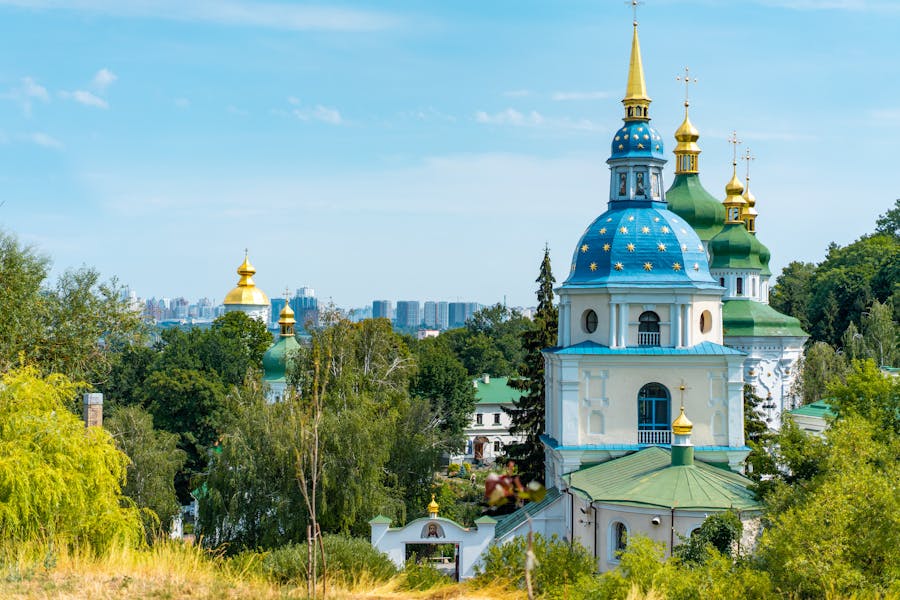 Organization and Skills
Organization and Skills
Medieval guilds played a vital role in the construction of cathedrals, bringing together skilled craftsmen and artisans to work on these monumental projects. Guilds such as masons, carpenters, and glassmakers provided the expertise and labor necessary for the intricate and large-scale construction tasks. Each guild specialized in a particular craft, and their collaboration was essential for the successful completion of cathedrals, which often took decades or even centuries to build.
Techniques and Innovations
The construction of medieval cathedrals involved advanced techniques and innovations that were pioneered by guilds. Masons developed complex stone-cutting and masonry techniques that allowed for the construction of soaring arches, vaults, and flying buttresses. Carpenters created intricate wooden frameworks for roofs and scaffolding. Glassmakers produced stunning stained glass windows that depicted biblical scenes and illuminated the interiors of cathedrals. The collaboration of these guilds led to architectural and artistic achievements that remain admired today.
Economic and Social Contributions
The involvement of guilds in cathedral construction had significant economic and social implications. The demand for skilled labor created employment opportunities and supported local economies. Guilds also contributed to the social fabric of medieval towns by providing training, support, and a sense of community for their members. The construction of cathedrals often became a source of civic pride, reflecting the collective effort and artistic prowess of the guilds and their communities.
Conclusion
Medieval guilds were instrumental in the construction of cathedrals, combining their specialized skills to create some of the most magnificent architectural achievements of the Middle Ages. Their contributions to craftsmanship, innovation, and community highlight the importance of guilds in the cultural and economic life of medieval Europe.